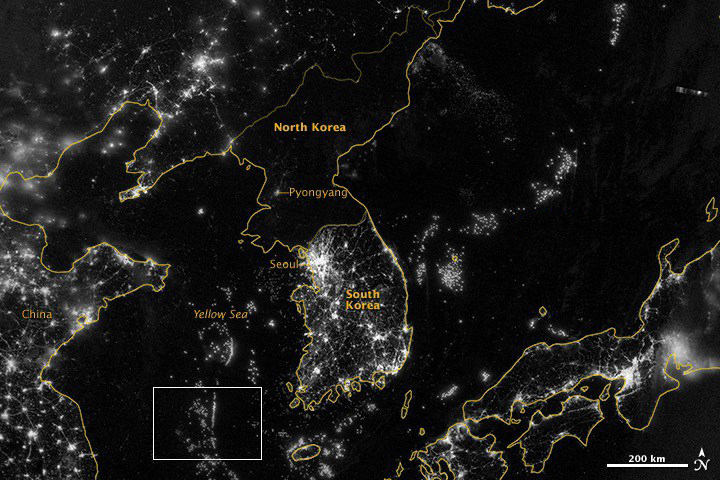The Peninsula
Missiles Over Japan – What are the North Koreans up to?

By Mark Tokola
At 5:58 a.m. on August 28, North Korea launched what was probably an intermediate range missile that passed over Japan and landed in the Pacific after a flight of 1,700 miles. Japanese Prime Minister Shinzo Abe said, “North Korea’s reckless action of launching a missile that passed over Japan is an unprecedented, serious and grave threat.” Abe also said that he had spoken by telephone with President Trump and the U.S. and Japanese stances “are completely matched.” Was this North Korean launch indeed unprecedented and what kind of threat does it pose?
This was not the first time North Korea has launched a missile that flew over Japan. The first time was in 1998, when North Korea attempted to launch a satellite. They claimed success, but because no satellite could be tracked most observers believe the launch was a failure. It may have been significant that the 1998 launch was only a few days in advance of the 50th anniversary of North Korea’s independence from Japan. In 2009, North Korea again attempted to launch a satellite with a missile trajectory that passed over Japan. That launch also failed, with the missile falling into the Pacific east of Japan. Since then, there have been other North Korean missile launches that have passed over the Japanese Ryukyu island chain
There are three aspects of the August 28th launch that qualify it as “unprecedented.” First, North Korea has abandoned any pretense that their missile program is non-military. It had claimed that its 1998 and 2009 launches were peaceful satellite launches. Its 2017 launches are overtly for the purpose of threatening other countries. Secondly, in 1998 and 2009, North Korea announced its launches in advance, providing warning to shipping in the areas where the boosters would fall. The August 28th launch was a surprise, reinforcing its non-peaceful nature. Finally, the site of the August 28th launch appears to have been near Pyongyang, rather than in the remote launch sites previously used. This may have been a signal from Kim Jong-un that in any attempt by the U.S. to carry out a preventative strike, it could not assume it would be able to operate only in non-populated areas of North Korea. There would be nothing surprising about Kim Jong-un holding his own population hostage.
We know facts about the August 28th launch, but its meaning is open to speculation. One interpretation would be that Kim Jong-un is pushing the envelope further. The previous ICBM tests had avoided Japanese air space by falling into the sea west of Japan. One could interpret the August 28th test as highly belligerent and provocative, intended as a sharp, unyielding response to U.S., South Korean, Chinese and Japanese warnings. It also could be taken as a rebuff to Secretary of State Tillerson’s public remarks that North Korea may be showing restraint, possibly creating an opening for negotiations.
Those looking hopefully for signs that North Korea may be signaling a tough negotiating posture rather than spoiling for a fight will point out that the missile’s path over Japan seemed intended to avoid populated areas passing over a northern stretch of Japan that is relatively sparsely populated. They may also point out that this was an intermediate missile test, not that of another ICBM designed to reach the continental American homeland. It also fulfills North Korea’s promise to react to U.S.-South Korean military exercises without threatening Guam, the most recent target of its rhetoric.
The August 28 test will upset Japan, but is likely to irritate China as well. Giving Japan reasons to enhance military cooperation with the U.S., to strengthen its anti-missile defenses, and to work more closely with South Korea all run counter to Chinese interests. North Korea’s actions not only roil the U.S.-Chinese relationship, but the Chinese-Japanese relationship.
Mark Tokola is the Vice President of the Korea Economic Institute of America. The views expressed here are his own.
Photo from NASA Goddard Space Flight Center’s photostream on flickr Creative Commons.
